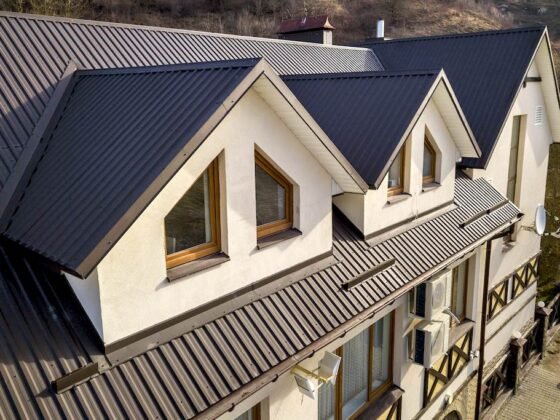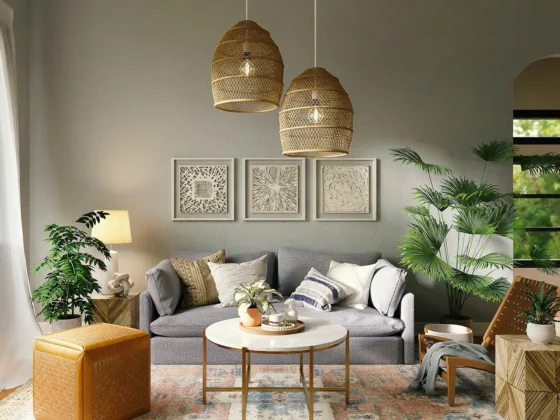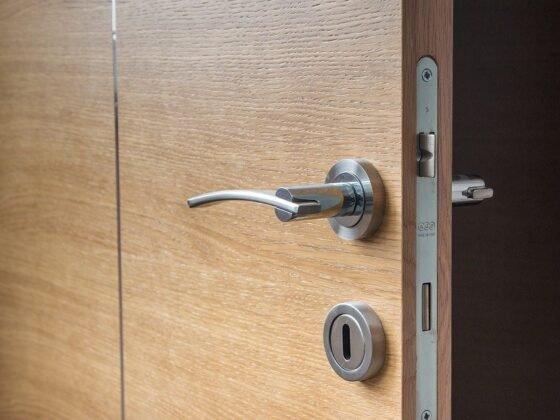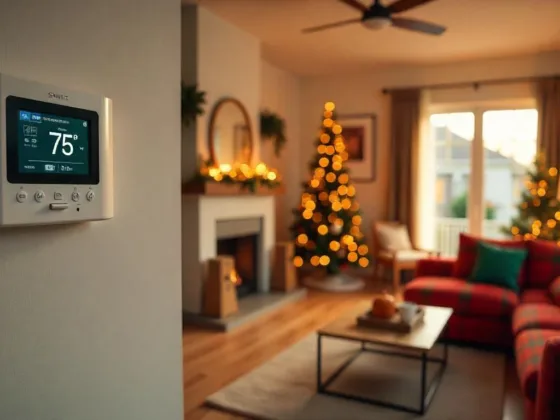Table of Contents Show
Enjoying the best respiratory conditions in our house or room is of vital importance. In our house, we spend a large part of our daily work. The air quality must be as exceptional as possible.
This commitment will benefit all the inhabitants of the home. They will enjoy better health and suffer less common illnesses.
Therefore, it is very important to maintain good respiratory conditions at home or at work for the welfare and health of people living there.
Today we tell you 5 air purifying tips for cleaner air in your home.

The 5 Air Purifying Tips for Cleaner Air in Your Home
The air in our house is exposed to small polluting particles that are not so easily removed. Here we have presented 5 air purifying tips for cleaner air in your home.
Read Also:
- Why You Must Choose the Oransi HEPA Air Purifiers to Clean Your Household Air
- Make It Clean and Fresh: 5 Tips to Improve Indoor Air Quality at Home
- Signs You Have Dirty Air inside Your Home and How to Fix It
- How to Get Rid of Allergies Caused by Allergens in the Home
- Questions to Ask When Getting an Air Purifier for Dust
- How to Keep Your Furniture Dust Free?
Ventilate Your Home
Although it seems very basic, it is important to maintain the habit of opening windows to mobilize the air in the house.
It is best to do it first thing in the morning since, with less movement, the number of particles suspended in the air is lower.
The greatest peaks of contamination usually occur in the central hours of the day and at night.
Use Air Purifiers at Home
It is the fastest and most effective solution to end contamination in closed spaces. These purifiers help us clean the air and improve the respiratory health of people who live in the home.
In addition, they are also highly recommended for people with allergies, asthma, and other respiratory illnesses.
A very good option is to purchase a perfect air purifier that has all useful features with the ability to purify the air in the home. Some purifiers have an LED indicator that notifies the quality of the air throughout the day.
The distinguishing factor is not only eliminated odors but renews air and restores optimal ion balance for health and wellness.
An air purifier reproduces the balanced air conditions and eliminates viruses, bacteria, and bad odors from the environment.
In addition, the air purifier can reduce the bacterial load of the air. It has purified by up to 85%, although purification is its main function that gives the appearance and functionality of a designer lamp.
Use Indoor Plants
In order to improve pollution in indoor spaces, NASA itself commissioned a study to see what are the plants that contribute to improving the quality of indoor air.
This analysis concluded with plants such as Barberton Daisy, English Ivy, Snake Plant, and Chrysanthemum.
Among the most common pollutants responsible for filtering these types of plants are benzene, xylene, ammonia, trichloroethylene, and formaldehyde.
We recommend using one or two floors with a size appropriate to the dimensions of the room. In general, the pot should occupy a plant of half a meter for every ten square meters of space.
Avoid Having Humidity at Home
During the colder months of the year, with the use of heating, it is more common to have condensation problems in the home.
When the interior humidity exceeds 60%, mold usually appears, which accumulates polluting particles.
To eliminate it, we recommend keeping the space dry. How? Ventilating the interior space and cleaning the areas where mold most often appears, such as around windows, with soap and water.
Buy Materials that Have Natural Fibers
There are a large number of construction materials (paint or glues) that contain organic and chemical compounds that emit vapors that pollute the environment.
To avoid this, the use of natural materials is usually recommended.
In textiles, we recommend ecological paint, bamboo, glass, or cork, using natural fibers such as wool, cotton, and furniture.
Extra Tips for Cleaner Air
No one doubts that cleaning the home is important when it comes to getting clean air. Removing dust from all corners and using products without toxic agents is the first step to achieve a pure environment.
In addition, special attention must be paid to textiles: curtains, rugs, cushions since a large amount of polluting particles usually accumulates in their fabrics.
But what does order have to do with it? To keep the house tidy, it is not enough to keep everything in its place.
It is also necessary to avoid more objects than necessary and to get rid of everything that is old, useless, or unused. Storing junk creates some visual anxiety, but it also makes the dirt layer have more corners to deposit.
No Smoking at Home
We all know that this habit does not bring anything good and that it is best to stop smoking.
If you can’t, at least you should make your home, where you spend much of your day to day, free from these harmful fumes.
And even more so if there are children in the house.
The Danger of Mold and Moisture
One of the worst enemies when it comes to getting clean air in the home is humidity and, what is worse, mold, a difficult problem to eradicate.
Hence, once again, the importance of ventilating the house properly and using dehumidifiers when necessary.
Final Words
Good air quality in the home is essential for the health of those who live: nowadays we spend more than 90% of the time indoors and often the exchange of air is not enough to guarantee an acceptable quality level of the indoor environment.
With good air we get less sick, allergies decrease, we are better and we can concentrate more.
Opening the window ensures an exchange of air, but often it is not enough and the air outside is even worse, saturated with smog, fine dust, and pollen that cause allergies.
Not to mention the heat loss, so the precious heating heat escapes from the window as soon as we open it.










